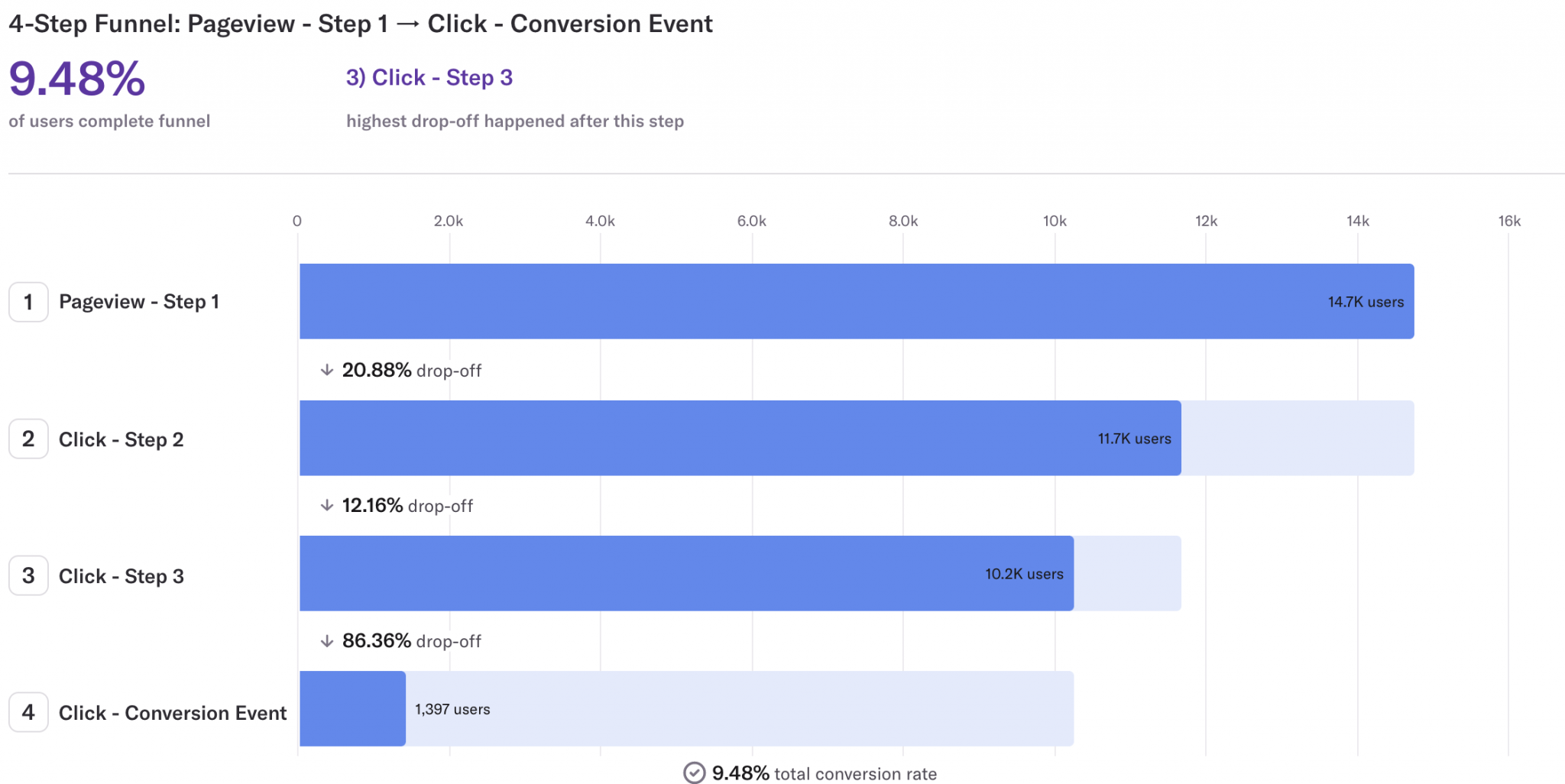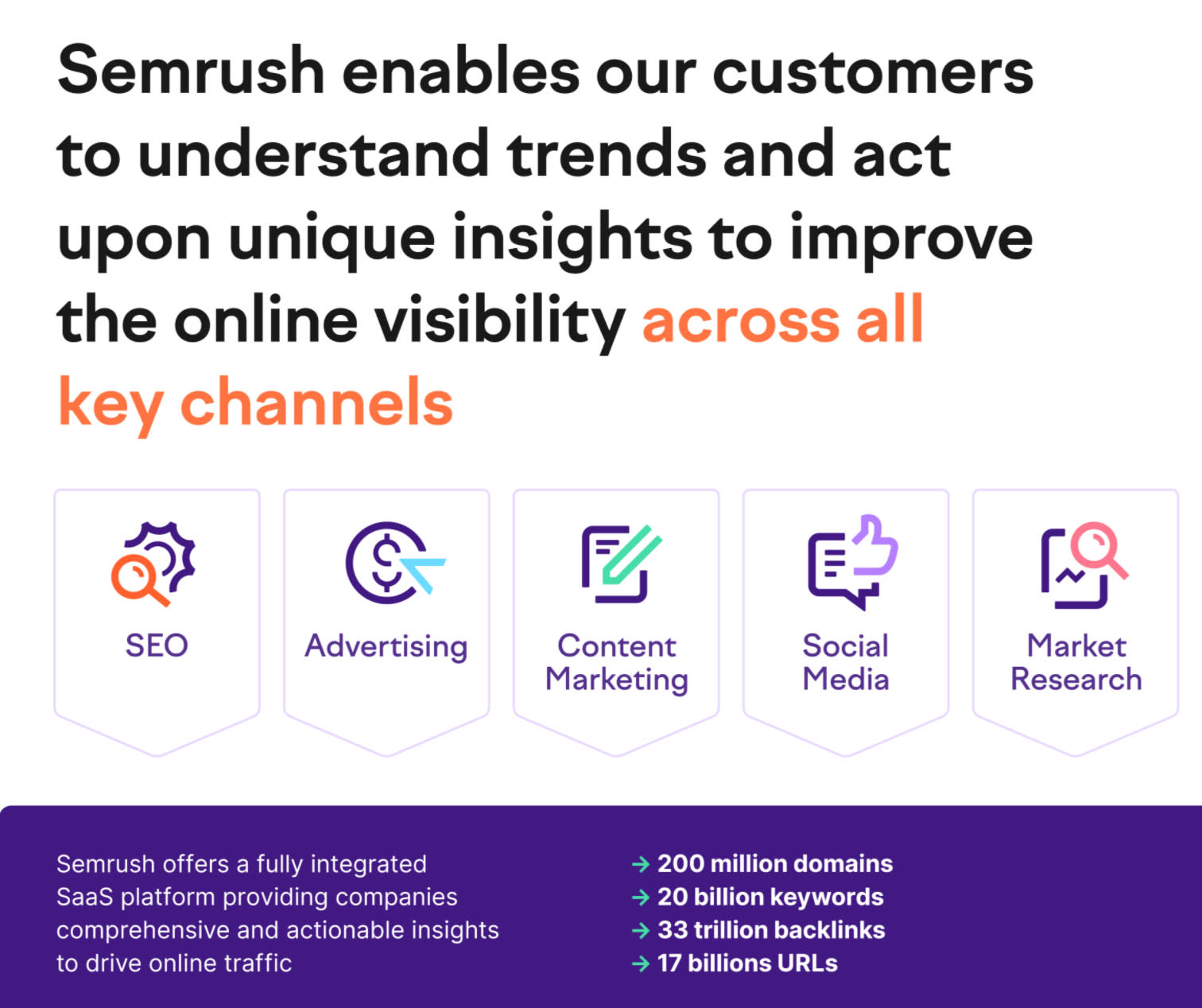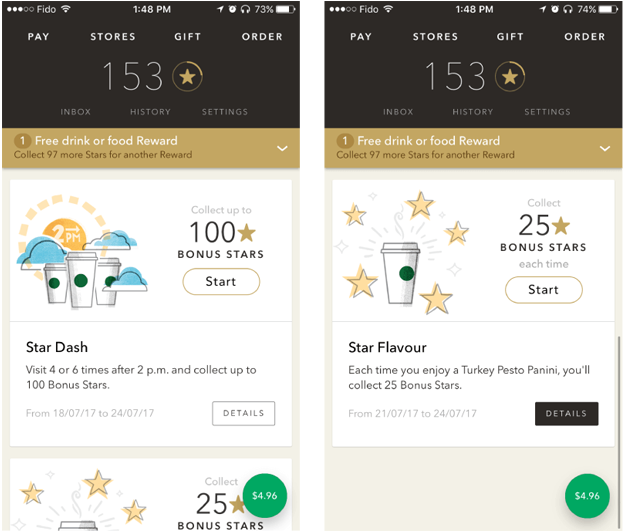9 Ways to Automate Your User Onboarding Process (with Examples)

9 Ways to Automate Your User Onboarding Process (with Examples)
63% of customers think onboarding is key to deciding to subscribe to a product
User onboarding is an essential part of any Software as a Service (SaaS) business -- or any business for that matter. But it can be time-consuming and tedious.
From my experience founding and selling SaaS businesses, I learned 9 powerful ways to automate the user onboarding process. These tactics helped me reduce our customer churn from 18% monthly to less than 6%.
These 9 methods will help you:
Reduce customer support costs
Help you better understand your business
And should lead to a better experience for customers

9 Ways to Automate User Onboarding
By incorporating automated onboarding processes, you can reduce the time spent on user onboarding and increase user satisfaction. The following are my 9 data-backed ways to automate your user onboarding process:
👉 Looking to automate with product onboarding tours? Try Hopscotch (no credit card required).
1. Micro-Actions
You may have heard this example, but did you know: in the early days, Facebook identified that users who added 7 friends in 10 days were much more likely to stick around and become power users?
SaaS customer onboarding micro-actions are small tasks that the customer must take in order to successfully use the software. Sophisticated teams can use this data to nudge customers to take actions on their platform.
These micro-actions can include creating an account, setting up a profile, selecting preferences, sending messages, setting up payment information, or almost any other action in a product. Use a product analytics tool like Heap or Mixpanel to determine which actions make users more likely to become users of your product.

Once you’ve figured this out, try and nudge users to take these actions. If the trend holds and those customers become successful users at a higher rate than would be expected, you’ve got a trend that is based on causation instead of correlation – and you’ve unlocked an incredibly valuable micro-action to optimize for.
Ways to take advantage of this tip:
Break up onboarding into quicker sections: let the user drive their experience, discover, and get more invested in the product
Use tooltips: to help users notice features that drive micro-actions
Use email marketing: to nudge them toward these micro-actions
2. Time-to-Value Optimization
Time-to-value optimization is a process that helps businesses maximize the value gained from using a new software product. The faster users see the value or “miracle moment”, the faster they will adopt the product. So oftentimes, it’s in your best interest to make the magic happen early on in the onboarding experience. Some ways to make this happen include:
Start users with an auto-filled example of how to use your product
Ask users for a little bit of extra information during signup so that you can start them off on the right feature that will give the most value for their use case
Let users begin using your product before they’ve paid or implemented it: think freemium or a demo environment
Time-to-value optimization is crucial for a seamless onboarding experience. Your customers will usually stick around longer and pay more for your service.
📚 Also read: The 17+ Most Important SaaS Metrics
3. Use Product Tours Software
One of the best ways to ensure customer onboarding is successful is to use product tours software.

Product tours allow you to guide customers through the product in an intuitive and engaging way, providing them with the context they need to understand the product. With product tours, you can highlight key features and benefits, demonstrate how the product works, and provide helpful tips on how to get the most out of the product. Product tours can be customized to suit the needs of different customer segments and can be an effective tool to keep customers engaged and informed throughout the onboarding process.
Product tours are also a great way to objection handle and drive users to take valuable actions fast – optimizing for time-to-value.
4. Segment Users with Data
You may not want to have the same onboarding experience for every user. Multifaceted products, like Canva and Semrush, have entirely different onboarding experiences depending on what page the user has signed up on and based on what the user is trying to accomplish.
In the Semrush example, they ask you to identify yourself as an SEO marketer, social media marketer, PR manager, or business user right away in their onboarding flow.

Doing this enables them to customize the onboarding experience for those use cases, thereby giving users a better product experience.
5. Gamify
How much does gamification help with SaaS onboarding? A lot.
Humans love gamification because we get rewards faster and are left wanting more – forcing us to continue moving through a product. Gamification means breaking your SaaS onboarding into manageable stages and making those stages rewarding to move through.

And gamification doesn’t have to be complicated. Simple things like onboarding checklists can gamify an otherwise boring onboarding experience. If you want to get more complex, surface data points throughout onboarding that show the user statistics about the time they’re saving or the value they’re getting by moving through the process. Or, be crazy like Asana and show users flying unicorns and narwhals when they take different actions in the product.
6. Logical Onboarding UX
Humans are creatures of habit.
While you may want to put shiny bells and whistles in your onboarding, it might not be the best practice. In general, we’re all used to an experience that...
Starts with signup
Asks us a few questions, and
Drops us into the product right away.
Logical Onboarding UX is an approach to customer onboarding that focuses on designing a seamless, intuitive, and easy-to-use experience that guides customers through the onboarding process.
By taking a logical approach to onboarding, SaaS companies can ensure that customers quickly get up and running with their product, while also reducing customer support requests and boosting customer satisfaction.
7. Use Email
Onboarding doesn’t just live in your product. SaaS customer onboarding with email is an effective and efficient way to introduce people to your product. Plus, email can provide key information and resources that they need to get started. It's not intrusive, since users can access emails after they use the product -- which means you don't have to disrupt your product onboarding flow.
Here's a sample onboarding email from online whiteboard tool, Miro.

You can also use email to provide helpful onboarding tips and tricks and answer any questions they may have. I also love to use email to enforce those micro-actions that are really important to users.
Adding a teammate is an important micro-action for AI writing tool, GrowthBar. As such, they include a plain text email prompting users to add a teammate right after signup.
Moreover, email tends to be very easy to segment. The best email marketing tools enable you to trigger messages based on signup data and in-app user data using just a webhook or simple integration. So oftentimes, it’s actually easier to segment your users via email – making it a simple solution.
8. Iterate Using Data
With data-driven insights, you’ll be able to measure the impact of your onboarding strategy on customer engagement and retention. This allows you to focus on the areas of onboarding that need the most improvement and make necessary changes to ensure customer success. Additionally, data-driven insights can be used to identify trends in customer behavior, identify customer segments, and adjust the onboarding process accordingly.
Ultimately, SaaS companies that use data-driven insights to iterate their customer onboarding processes will be better equipped to increase customer engagement and retention.
Also, make sure to survey and interview customers. While that data may be a little less precise, only by actually speaking with users will you be able to identify pain points and onboarding struggles... early on in a SaaS business' lifecycle, this is essential.
I like simple emails like "why did you cancel?" Or, "I notice you're not using the product, what can we do to help you get going?"
📚 Also read: The 17+ Most Important SaaS Metrics
9. When in Doubt: One-to-One Onboarding
When Nathan Barry, founder of ConvertKit, couldn't get his SaaS off the ground, he did something a little unconventional. He reached out to prospective customers and offered to switch them from Mailchimp to ConvertKit manually. While it was burdensome in the beginning, it was the huge unlock that enabled his business to achieve $1M ARR fast.
SaaS customer onboarding can be a tricky process for businesses. But when in doubt, one-to-one onboarding is the way to go. Through this process, a customer service representative or customer success manager will help guide the customer through their onboarding journey. This process allows the customer to be walked through the entire process and can help to answer any questions they may have. It also allows the business to gain a better understanding of the customer’s needs and expectations, and to adjust the onboarding process accordingly.
Additionally, it can give the customer the confidence to know that they are in good hands and that their customer service representative is there to help every step of the way. Consider adding live chat to your app to facilitate this. Or, add a trigger so that you get immediately alerted when a new customer registers. A simple email offering personalized onboarding goes a long way.
👉 Looking to automate with product onboarding tours? Try Hopscotch (no credit card required).
Reasons to Automate User Onboarding
If you're considering it, it's really not difficult.
It helps your company grow.
Automating user onboarding is an effective way to grow your company. By streamlining the onboarding process, you can save valuable time and resources that can be allocated to other areas of your business. Automating user onboarding also allows you to quickly reach new users and scale your services quickly. Additionally, with automated user onboarding, you can easily customize the onboarding experience for each user, ensuring they have a smooth experience right from the start. This helps your company grow by increasing user engagement and satisfaction, leading to better retained customers and revenue.
It helps you improve the customer experience
Automating user onboarding will also help you improve the customer experience. By streamlining the onboarding process, customers will be able to quickly and easily get set up with your product. This makes it easier for them to find value in your product or service and gives them a better experience overall. Additionally, by automating the onboarding process, you can ensure that all customers receive consistent, personalized onboarding experiences that are tailored to their specific needs. Automating user onboarding can also save time and resources for your business, letting you focus on other aspects of customer engagement.
It's cheaper
It's more affordable to automate onboarding. Automation can help reduce costs associated with onboarding, eliminating the need to hire additional staff to manually onboard new users. Automation can also provide a more consistent onboarding experience for users, ensuring that they all receive the same level of information and guidance. Automating onboarding can provide tangible benefits to your business, so it’s well worth the investment.
👉 Looking to automate with product onboarding tours? Try Hopscotch (no credit card required).
📚 Read More
Convert more trials with Hopscotch
Simple and delightful onboarding tours your users will love.